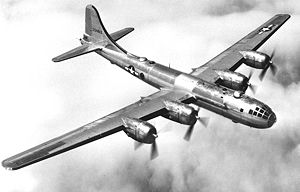Ok wow to anyone thinking bombers were overrated
http://en.wikipedia.org/wiki/Bombing_of_Dresden_in_World_War_II
“In four raids between 13 and 15 February 1945, 722 heavy bombers of the British Royal Air Force (RAF) and 527 of the United States Army Air Forces (USAAF) dropped more than 3,900 tons of high-explosive bombs and incendiary devices on the city. The resulting firestorm destroyed fifteen square miles (39 square kilometres) of the city centre. Between 22,000 and 25,000 people were killed.”
-And this using convention ordinance.
Osaka (March-August 1945) – 10,000 killed
Kassel (February 1942-March 1945) – 10,000 killed
Darmstadt (September 1943-February 1944) – 12,300 killed
Pforzheim (April 1944-March 1945) – 21,200 killed
Swinoujscie (12 March 1945) – 23,000 killed
London (September 1940-May 1941) – 20,000 people killed
Berlin (1940-1945) – 50,000 killed
Dresden (October 1944-April 1945) – 25,000 killed
Hamburg (September 1939-April 1945) – 42,600 killed
Tokyo (November 1944-August 1945) – 100,000-plus killed
– “Of all the sorties over Tokyo, the raid of 9-10 March 1945, codenamed Operation Meetinghouse, was the most significant, and indeed is considered the single most destructive bombing ever. Around 1,700 tons of bombs fell on the city, destroying an estimated 286,358 buildings – made largely of wood and paper – and killing an estimated 100,000 citizens or more in the resulting firestorms. When the 1,000,000 injured and made homeless respectively are added to this figure, one begins to get a small sense of the sheer scale of destruction witnessed on those terrible nights of 1945.”
I would argue that the strategic bomber (esp the b-29) was the single most destructive weapons system in the war (BY FAR)








